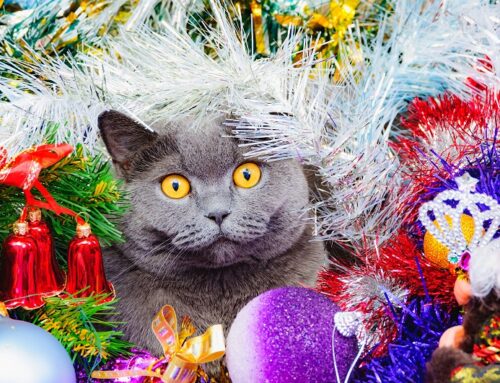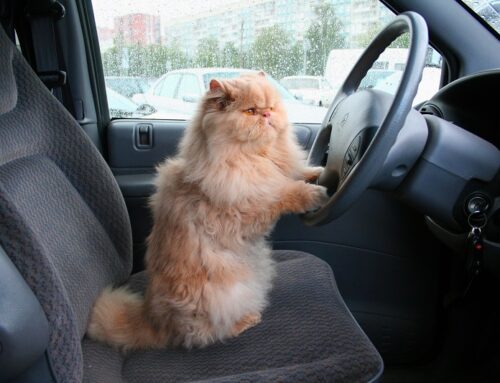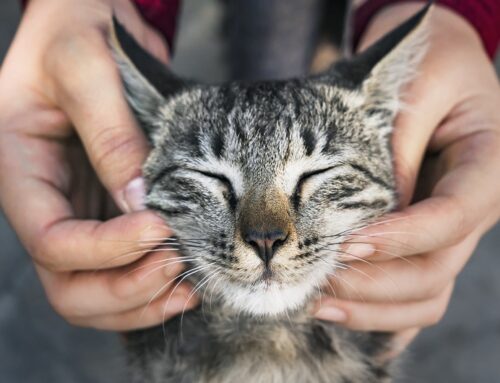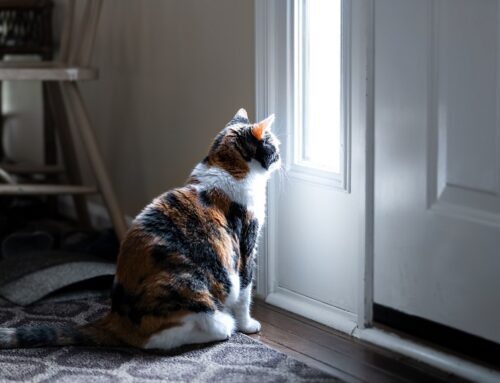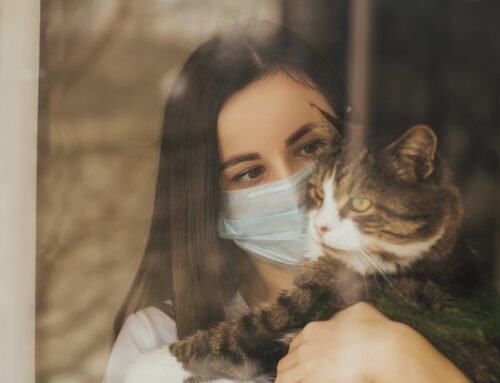Happy New Year to you all! I’ll bet everyone made a resolution to help keep their cat’s mouth healthy this year, right?!
Luckily, February is National Dental Month! Why is every February dedicated to the awareness of dental health in pets? Because, animal dental health is often taken for granted. This is especially true for cats. When it comes to hiding health issues, cats are the great pretenders. Even with severe dental disease and mouth pain, most cats will continue to eat and act normal. They don’t come up and say, “My mouth hurts!” This is why an annual examination, including the mouth, is recommended for all cats under 10 years-old, with twice a year examinations for cats 10 years and older.
When symptoms do appear, the most common signs of disease in the mouth are drooling, bloody discharge, odor, decreased appetite, decreased grooming, increased sleeping, and sometimes pawing at the mouth. Any of these can be signs of pain, dental disease, tumors in the mouth, and/or infection. While not all of these are preventable, routine dental care can help keep your kitty’s mouth healthy and pain-free. So, how do we care for a cat’s mouth? For a better understanding, let’s first look at how cats’ teeth differ from ours…
For people and cats, the structure of all teeth is basically the same: pulp, dentin, and enamel. The main differences are in the shape and function. Our front teeth are for biting off pieces of food, and the back teeth are for grinding and chewing food into smaller pieces before being swallowed. A cat’s front teeth are for grabbing and holding prey, and the back teeth are for chewing off chunks of meat, which are swallowed whole. Their teeth are not for the same fine chewing as ours are. For example, when a cat vomits food–especially dry food–there are lots of whole pieces of food in it. So, what does all of this mean for oral health? This means that with the commercial foods we feed to cats, they don’t have a good way of cleaning their teeth. Feral cats living on a natural diet (i.e., hunting) do get some natural cleaning action when they chew through the small bones of their prey.
How can we help our cat friends have healthy, happy mouths? As with people, the mainstay is routine professional dental cleaning. Just like when you go to the dentist, a cat’s teeth are scaled (tartar and calculus are scraped off) and polished (the enamel is mechanically scrubbed to smoothness after being scraped). The main difference is that cats won’t allow a professional cleaning without anesthesia!
Daily brushing and/or dental treats* will help slow down tartar accumulation between professional cleanings and also lengthen the amount of time between cleanings. How long between professional cleanings? Some cats need a cleaning every year, and other cats will need it every few years. Why the variation? As with people, some cats have better natural protective barriers in their mouths (stronger enamel, more “good” bacteria, etc.) than others. Every cat is different: even cats from the same litter!
If you would like to have your cat’s teeth checked, please contact the clinic to schedule an appointment. In honor of Dental Month, we are offering a discount on dental cleaning and anesthesia from now through the end of February. Availability is filling up fast, so schedule your cat’s cleaning soon!
*dental treats should have the Veterinary Oral Health Council (VOHC) symbol on the package. It means the product has been independently tested and is certified to help slow down tartar accumulation. For a list of certified products, visit http://www.vohc.org/all_accepted_products.html




